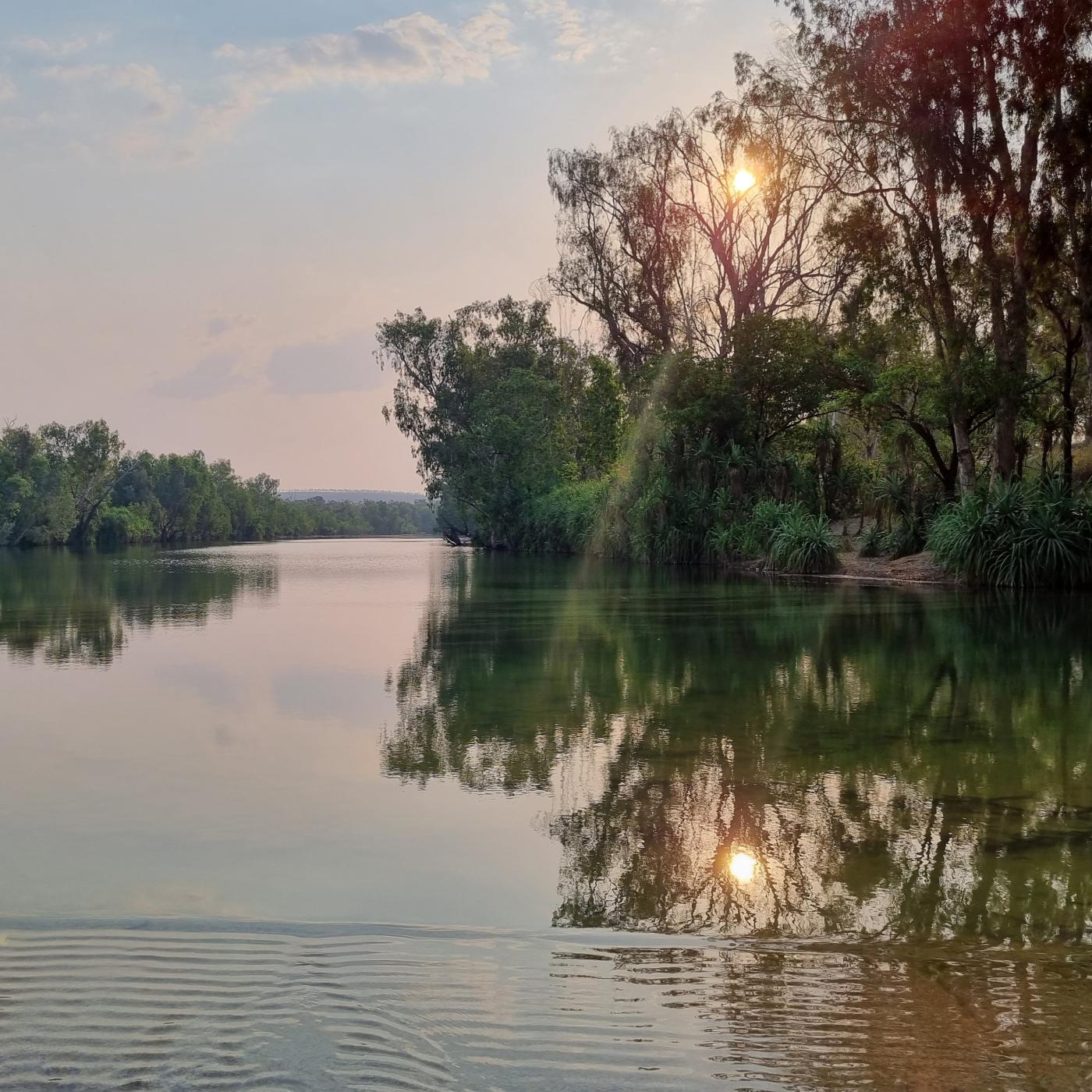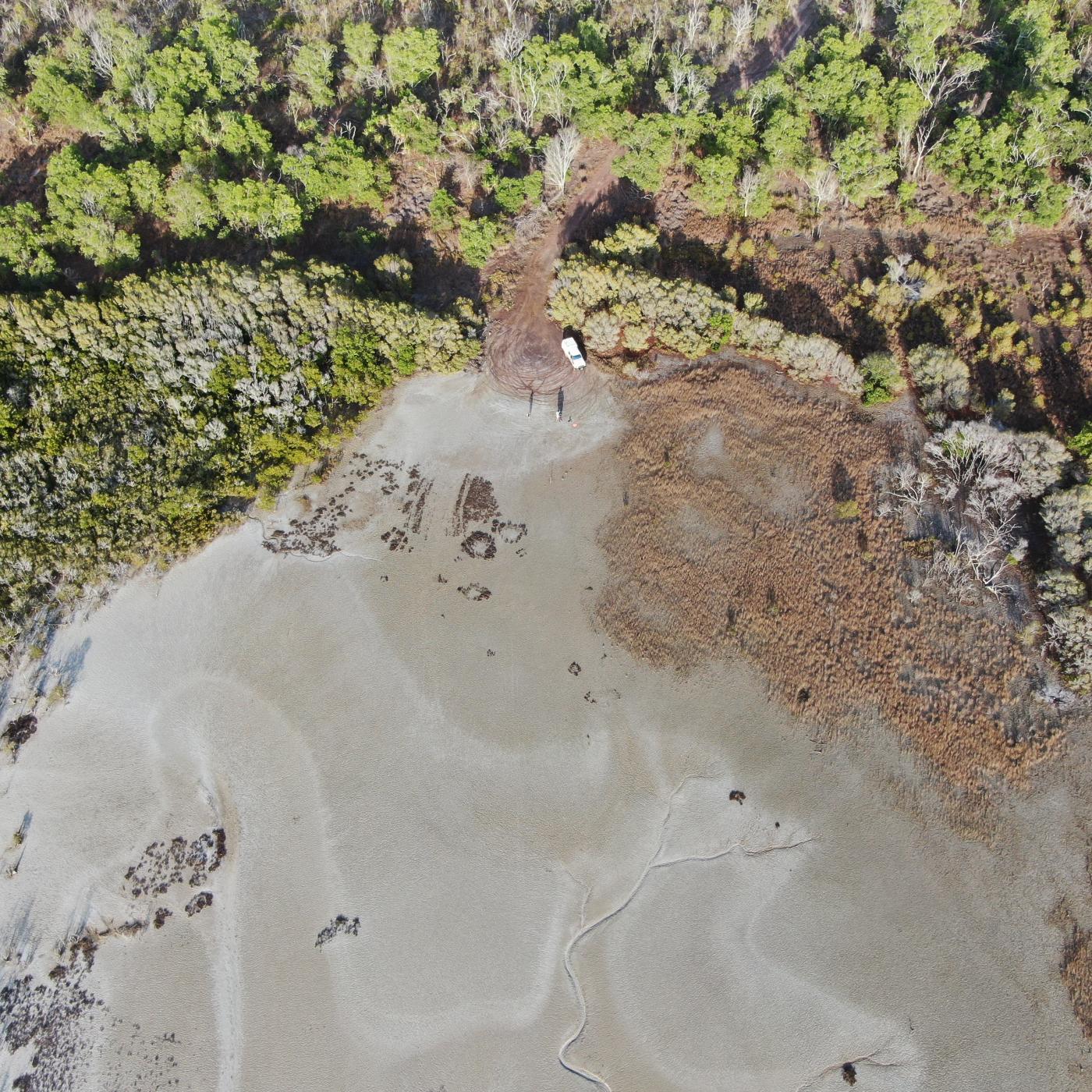“You can’t just move a dreaming site. You can’t just kill the tree, pump the waterhole dry, build on it, dig it up and not break who we are. It actually kills us. This is not empty country. This is powerful country.”
- Senior Garawa lawman Jack Green

About sacred sites
Sacred sites are places within the landscape that have a deep significance under Aboriginal tradition.
Hills, rocks, waterholes, trees, plains, lakes, billabongs and other natural features can be sacred sites. In coastal and sea areas, sacred sites may include features which lie both above and below the water.
Sacred sites are important to the cultural fabric and heritage of the Northern Territory. They are an intrinsic part of a continuing body of practices and beliefs emanating from Aboriginal laws and traditions. Sacred sites give meaning to the natural landscape. They anchor cultural values and spiritual and kin-based relationships in the land.

Protecting sacred sites
The NT has the strongest protection for Aboriginal sacred sites in the country.
Under the NT Sacred Sites Act, all sacred sites in the Northern Territory are protected from unauthorised entry or damage.
The consequences of damage, desecration or interference with sacred sites are immense, not only for Aboriginal people in terms of profound cultural loss and sanctions from their kin, but also prosecution, reputational costs and project delays for developers, and the diminishment of the heritage of our nation as a whole.
